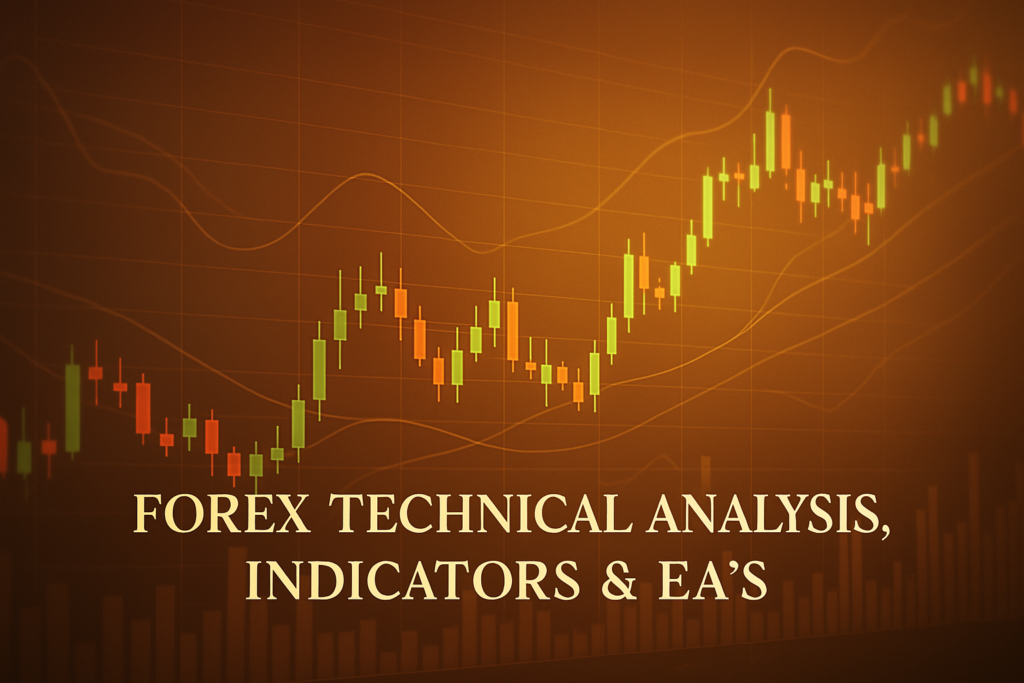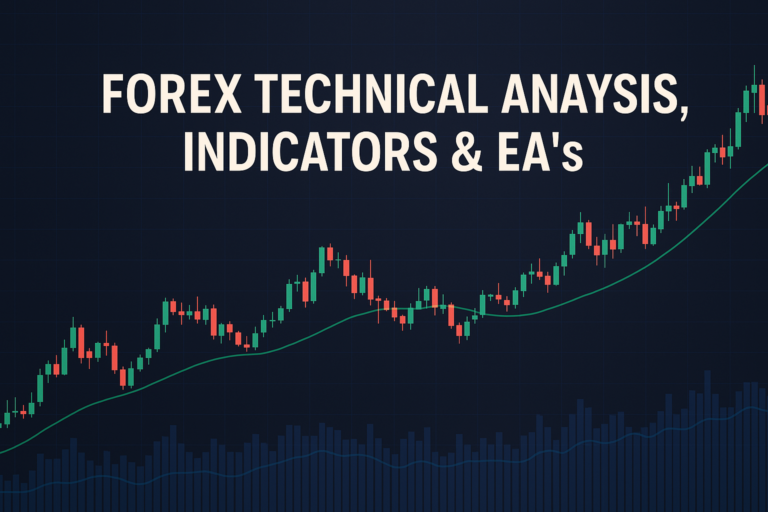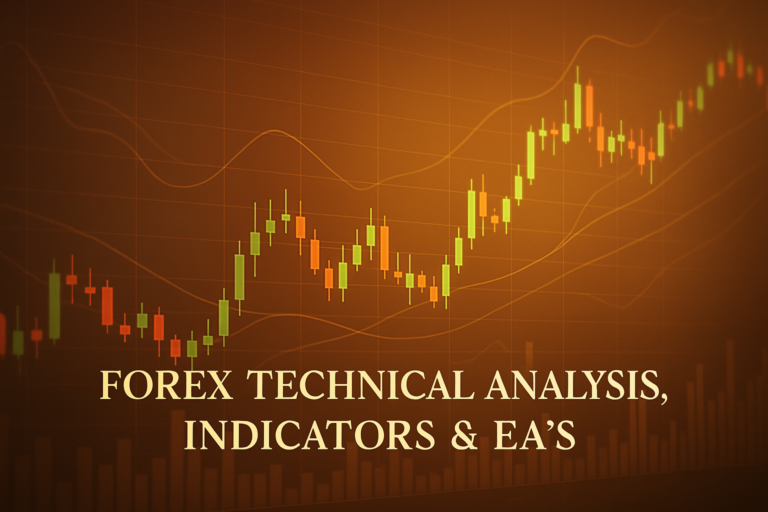
Small moving average is a key indicator in Forex trading, helping traders identify trends and make informed decisions for success.
The small moving average is a popular tool in Forex trading that helps traders make sense of price trends. It smooths out price fluctuations, making it easier to identify patterns. By focusing on short-term price movements, traders can spot potential opportunities for buying or selling currencies.
However, many traders, both beginners and professionals, often struggle with using the small moving average effectively. Some find it hard to choose the right periods, while others might misinterpret signals. Understanding how to use this tool can be the key to unlocking better trading decisions, leading to more successful outcomes.
This article will guide you through the basics of the small moving average, its history, advantages and disadvantages, how to apply it, and strategies to maximize its potential.
In Forex trading, challenges like Order Duplication can hinder your progress. Understanding how to navigate these obstacles is crucial for success.
What is a small moving average?
A small moving average is a calculation that helps traders see the average price of a currency over a specific short period. Imagine you’re tracking the temperature in your city daily. If you take the average temperature over the last five days, that’s similar to how a small moving average works. It gives you a clearer picture of what’s happening right now.
Types of small moving average
There are several types of small moving averages, including:
- Simple Moving Average (SMA): This is the most basic type. It adds up the prices over a period and divides by the number of periods.
- Exponential Moving Average (EMA): This gives more weight to recent prices, making it more responsive to new information.
- Weighted Moving Average: Similar to EMA, this type places different weights on different prices, emphasizing recent price actions more significantly.
How small moving average smooths out price action
The small moving average helps reduce the noise in price movements. Without it, prices can jump up and down rapidly, making it hard to see the overall trend. By using the small moving average, traders can better visualize the direction of the market, leading to more informed decisions.
Common periods used and why
Traders often use different periods for small moving averages, like 5, 10, or 20 days. A 5-day small moving average reacts quickly to price changes, while a 20-day small moving average offers a broader view of trends. Choosing the right period depends on your trading style. Shorter periods are great for quick trades, while longer ones suit more cautious strategies.
The History of small moving average: How It Became Popular
Origin of small moving average
The concept of moving averages dates back to the early days of trading. It was created to help traders make sense of price movements. The goal was simple: to create a tool that could help them identify trends without getting lost in daily price fluctuations.
When did traders start using it widely?
As technology advanced, moving averages gained popularity among traders in the 20th century. With the rise of computers and trading software, more traders began to use small moving averages to enhance their trading strategies. This led to a surge in their effectiveness and usability.
Real-life stories
Many traders have credited their success to using small moving averages. For instance, a professional trader once shared how a simple strategy revolving around a 10-day small moving average helped him make significant profits during a bullish market phase. By recognizing trends early, he positioned himself perfectly, reaping rewards others missed.
Advantages and Disadvantages of small moving average
Advantages:
- Helps identify trends easily: Small moving averages make spotting trends effortless, allowing traders to make timely decisions.
- Useful for dynamic support and resistance: They can serve as support and resistance levels, guiding traders on entry and exit points.
- Works well for crossover strategies: When small moving averages cross each other, it can signal buy or sell opportunities.
Disadvantages:
- lags behind price movements: Since it relies on past prices, the small moving average can be slow to react to sudden market changes.
- Can give false signals in sideways markets: In choppy markets, small moving averages can lead to incorrect trading signals, causing losses.
How to Apply small moving average on MT4 & MT5
Step-by-step guide to adding small moving average on charts
To add a small moving average on MT4 or MT5, start by opening your chart. Then, click on ‘Insert’, go to ‘Indicators’, and select ‘Trend’. From there, choose ‘Moving Average’ and adjust the settings according to your preference.
Customizing small moving average settings
You can customize your small moving average by changing the period, color, and type (SMA, EMA, etc.). This way, you can make it fit your trading style and preferences.
Saving templates for easy application
Once you’ve set up your small moving average, you can save the template for future use. This saves time and allows you to apply your preferred settings quickly.
5 to 7 Trading Strategies Using Only small moving average
All time frame strategy (M5 to D1)
This strategy focuses on using small moving averages across different time frames. For example, you can use a 5-period small moving average on M5 charts and a 20-period on D1 charts. Buy when the shorter moving average crosses above the longer one and sell when it crosses below.
Trending Strategies
In trending markets, use a small moving average to follow the trend. Buy when the price is above the small moving average and sell when it’s below it. This allows you to ride the trend for maximum profit.
Counter trade Strategies
For counter-trend trading, look for situations where the price has moved too far from the small moving average. If the price is far above the small moving average, consider selling, expecting a pullback. If it’s below, consider buying.
Swing trades Strategies
In swing trading, you can use small moving averages to find entry points. Buy when the price bounces off the small moving average in an uptrend and sell when it bounces down in a downtrend. This strategy helps capture short-term price movements.
5 to 7 Trading Strategies Combining small moving average with Other Indicators
All time frame strategy (M5 to D1)
Combine the small moving average with the Relative Strength Index (RSI). Use a 5-period small moving average and look for RSI levels above 70 to sell, or below 30 to buy. This combination helps confirm your signals.
Trending Strategies
For trending markets, pair the small moving average with MACD. Buy when the MACD crosses above its signal line while the price is above the small moving average. Sell when the opposite occurs. This strategy enhances trend-following accuracy.
Counter trade Strategies
When counter-trading, use the small moving average with Bollinger Bands. Sell when the price hits the upper band and the small moving average points down. Buy at the lower band with an upward-pointing small moving average. This method anticipates reversals effectively.
Swing trades Strategies
Combine small moving averages with Stochastic Oscillator for swing trades. Buy when the Stochastic Oscillator moves below 20 and crosses above while the price is near the small moving average. Sell when it’s above 80 and crosses below. This helps catch swings at the right moments.
In the context of current market conditions, the EURUSD analysis September 10, 2025 will provide valuable insights into price movements and potential trading opportunities.
Top 10 FAQs About small moving average
1. What is the difference between small moving average and large moving average?
The small moving average focuses on short-term price movements, while the large moving average looks at longer periods, providing a broader view of trends.
2. How do I choose the right period for small moving average?
Choosing the right period depends on your trading style. Shorter periods work better for quick trades, while longer ones suit more cautious strategies.
3. Can I use small moving average for all currency pairs?
Yes, small moving averages can be applied to any currency pair. However, results may vary based on market conditions.
4. Are small moving averages suitable for day trading?
Absolutely! Many day traders rely on small moving averages for making quick decisions in fast-moving markets.
5. How can I avoid false signals with small moving average?
Using additional indicators, like RSI or MACD, can help confirm signals and avoid false alarms.
6. Can small moving averages be used in combination with other strategies?
Yes! They work well with various strategies and indicators, enhancing your trading decisions.
7. What is the best time frame for small moving averages?
It varies by individual preferences. Experiment with different time frames to find what suits your trading style best.
8. How often should I adjust my small moving average settings?
Adjust your settings based on market conditions. If you notice a change in trends, it might be time to tweak your parameters.
9. Can small moving averages predict market movements?
They don’t predict movements but help identify trends based on historical data, guiding your trading decisions.
10. Is it risky to rely solely on small moving averages?
Yes, relying only on one indicator can be risky. It’s best to combine small moving averages with other tools for a better analysis.
Conclusion
In summary, understanding the small moving average is crucial for any Forex trader. It helps identify trends, makes trading decisions clearer, and can lead to greater success. Remember to test different strategies and customize your approach based on your trading style.
Before investing real money, practice with a demo account to gain confidence in your strategies. The small moving average can be a powerful tool in your trading arsenal if used effectively.
Stay ahead of the game by reading expert-backed advice on this topic CMC Markets, Finance Magnates
Expand Your Knowledge
- 📌 Forex Trading Learning Road Map
- 📌 Forex Trading Course with no Fees
- 📌 Forex Trading Issues, Problems, and Solutions
- 📌 Forex Daily Forecast & Live Updates
- 📌 Forex Fundamental & News Analysis: Tomorrow’s Market Movers & Trade Opportunities
- 📌 Forex Education Hub: Learn & Profit
- 📌 Forex Technical Analysis, Indicators & EA’s
Start Trading Today
Ready to take your forex trading to the next level? Open an account with Exness, one of the most trusted platforms in the industry. 👉 Sign Up Now and trade with confidence!
My recommended broker stands out with ultra-low spreads for beginners, instant withdrawals, and zero spread accounts for pro traders.
Trusted since 2008, lightning-fast execution, no hidden fees, and a secure, transparent trading environment—giving you the edge you need to succeed. 🚀
YouTube Video Library: Related Videos
Note: The video above is embedded from YouTube and is the property of its original creator. We do not own or take responsibility for the content or opinions expressed in the video.



